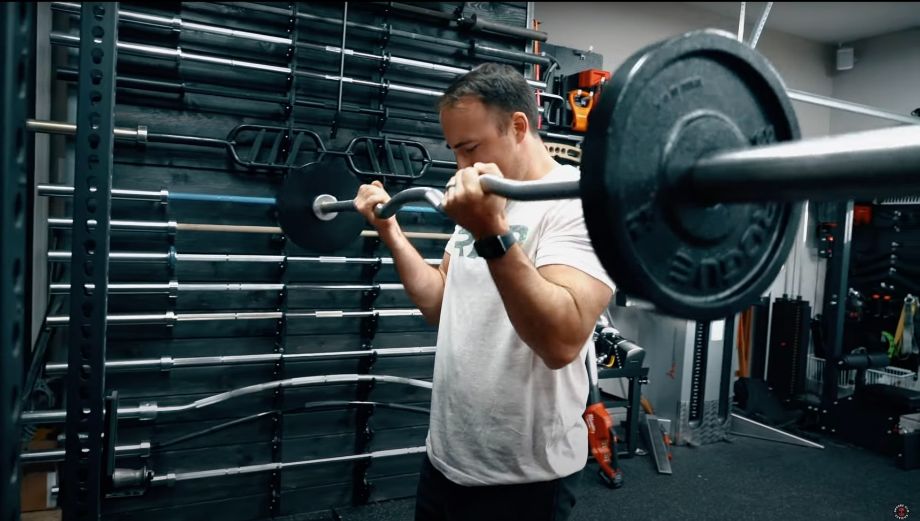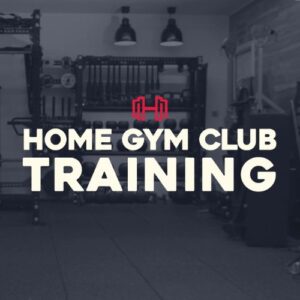We test and review fitness products based on an independent, multi-point methodology. If you use our links to purchase something, we may earn a commission. Read our disclosures.
I’m going to be honest. One of the main reasons why I started training in the first place over 10 years ago is because I wanted bigger arms. In the winter, I didn’t care because I would have a jumper or hoodie on (or at least a long-sleeve top!). But in the summer when I’m in T-shirts most of the time, bigger biceps were my dream.
Ten years later, my goals have shifted. Outside of aesthetic reasons, there are numerous functional benefits of having strong biceps. They help with the big three compound lifts (squats, deadlifts, and bench presses). But they also help with pulling movements such as barbell rows, lat pulldowns, and pull-ups.
In this article, I’m going to go through my seven favorite long head bicep exercises as a certified personal trainer and longtime fitness enthusiast. I’ll also explain how to do each one step-by-step, as well as give tips if you’re struggling. So whether you want the best biceps to show off to your friends, or whether you’re here for bodybuilding reasons, I’ve got you covered. Let’s get started.
RELATED: The Best Dumbbell Curl Variations
What Is the Long Head Biceps?
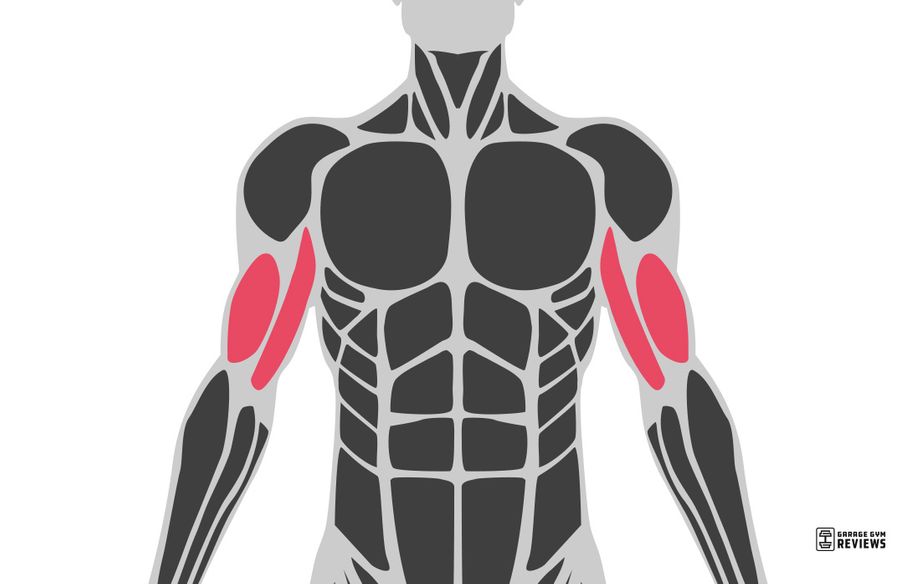
Before I get into my favorite long head biceps exercises, I’m going to briefly go over the anatomy of the biceps. The biceps brachii, or the biceps muscle as we know it, is a large muscle situated on the front of the upper arm. It’s made of a short head and a long head.
The long head biceps originates from the supraglenoid tubercle of the glenoid/scapula1. Together with the short head, the biceps are used to supinate the forearm, flex the elbow, and stabilize the scapula. Without the long head biceps, these functions simply wouldn’t be possible.
Why You Should Train the Long Head of the Biceps
Now that you know what the long head biceps are, why should you care about training this muscle group? Well, there are a couple of reasons. The first is, of course, aesthetics. Because the long head is bigger than the short head of the biceps and it’s situated on the outer part of the upper arm, it’s the one that stands out the most. The bicep peak of the long head of the biceps is the first thing that people notice when they look at your arms.
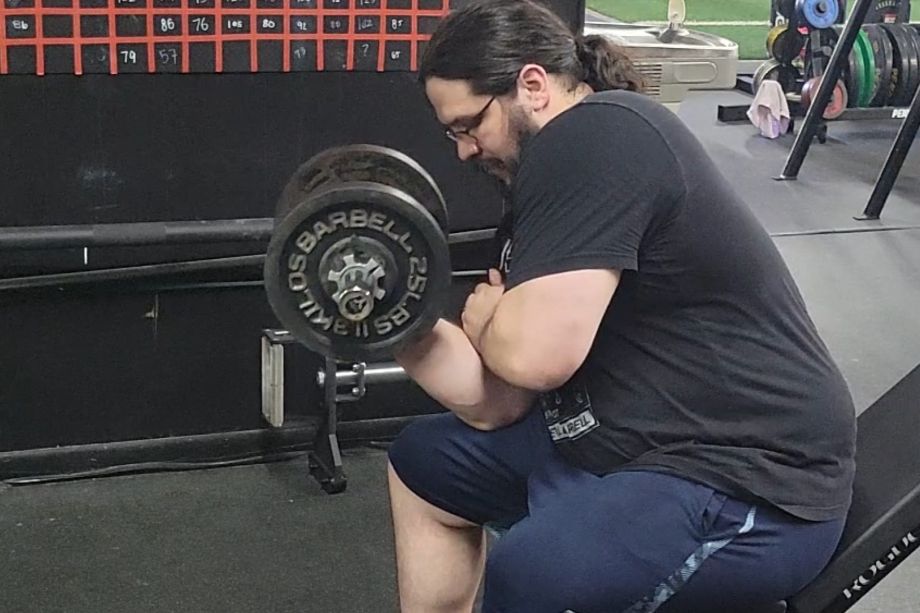
The second is for functional reasons. Stronger bicep muscles help with everyday activities such as carrying things or lifting, especially if you use free weights2. Even during training, your body recruits the biceps in exercises involving pulling movements, for example, pull-ups, rows, lat pulldowns, and many more. Stronger biceps can also help to improve your posture.
Best Long Head Biceps Exercise
Here’s a list of my seven favorite exercises to hit the long head of the biceps (I’ll go into more detail about why and how to do each one below):
- Concentration curl
- Preacher curl
- Chin-up
- Bayesian cable curl
- Hammer curl
- Close-grip barbell curl
- Incline biceps curl
Concentration Curl
Why Do It: There’s no way you can swing your arm or upper body during concentration curls, which is why I like them. Other exercises for the long head biceps, such as standing hammer curls, activate your core and deltoids (as well as the biceps, of course!). Concentration curls strictly focus on the biceps muscles.
How to Do It:
- Sit down on a flat weight bench with your legs spread wide apart.
- With your right hand, take hold of a dumbbell.
- Lean forward slightly and rest the right elbow against the inside of your right thigh (near the knee). Extend the right arm downwards.
- Curl the dumbbell to your right shoulder. Your elbow shouldn’t move from the thigh and your torso should stay still.
- Pause for a split second and then return the dumbbell to the starting position.
- Repeat for the desired number of reps, then switch hands.
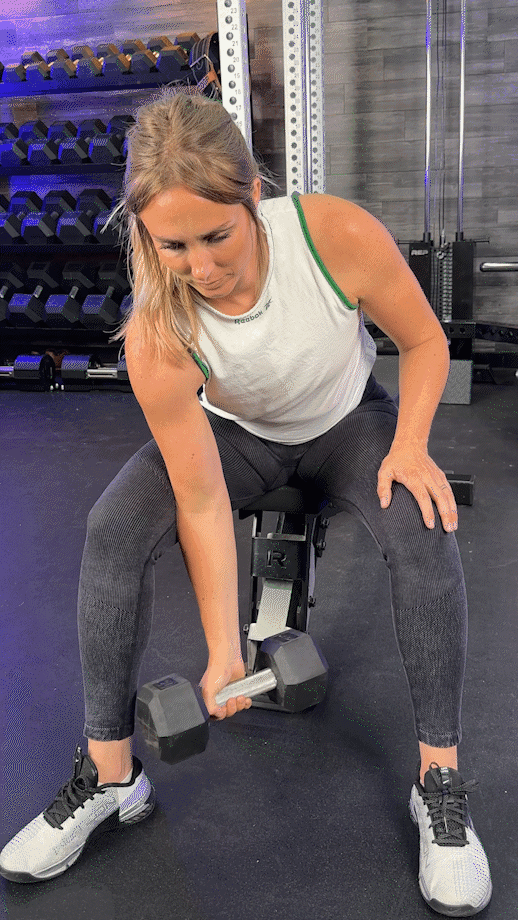
Expert tip: When doing a concentration curl, make sure that the focus is on your biceps throughout the whole movement. If you need to, lower the weight so that your form is correct. Additionally, make sure that your feet are flat on the floor at all times.
RELATED: The Best Weight Benches
Preacher Curl
Why Do It: Because your arms are resting on the padded area, a preacher curl is a great long head bicep exercise. There’s no way to cheat. If you want to work one arm at a time to fix muscle imbalances, you can use dumbbells. Or you can use one of the best curl bars, like an EZ bar or barbell, if you want to work both at the same time.
How to Do It:
- Adjust the height of the preacher bench so that your triceps and elbows are flat on the padding.
- Sit down, taking hold of the EZ bar (or dumbbells if you prefer). If you use an EZ bar, use a narrow grip with your palms facing toward you.
- In the starting position, your arms should be fully extended.
- Curl the EZ bar or dumbbells towards your shoulders by bending your elbows. Pause at the top.
- Slowly return your elbows to the original position.
- Keep the reps going until you’ve finished.
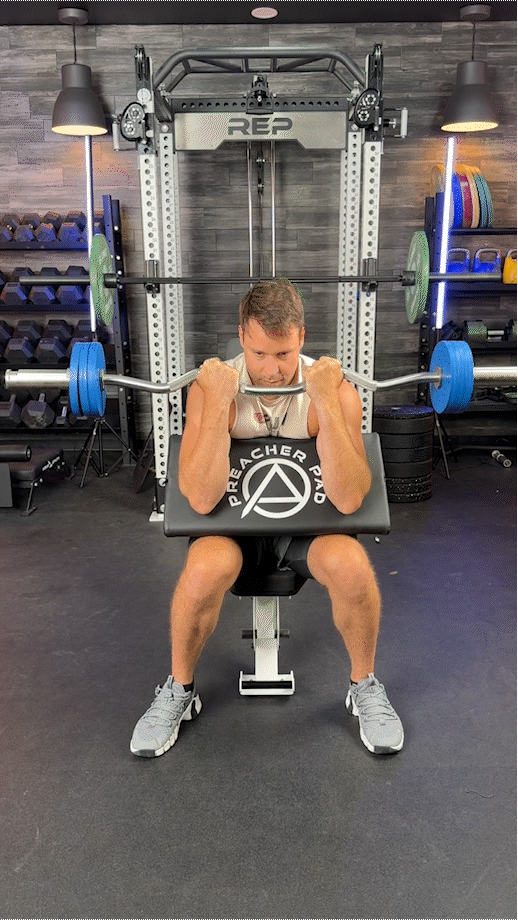
Expert tip: It’s important that you keep your body steady during the preacher curl. With a heavier weight, you might want to move the back, torso, or shoulders. But to maintain constant tension on the biceps brachii, don’t. Take some time to get the seat position right as this can make all the difference.
Chin-Up
Why Do It: Although the chin-up also works your latissimus dorsi and gives you a great lat workout, the narrow grip chin-up places a lot of emphasis on the long head bicep. This is because your palms face toward you (supinated grip) which is similar to when you do a bicep curl. There are many variations when it comes to chin-ups, so you’ll never get bored.
How to Do It:
- Using a pull-up bar, grab the handles with a close grip. Your palms should be either facing toward you or be in a neutral position.
- Get into a dead hang position by taking your feet off.
- Pull yourself up. Keep your chest up and look towards the bar.
- Pause at the top, then slowly lower yourself down until you’re back to the dead hang position.
- Repeat, then step off the pull-up bar.
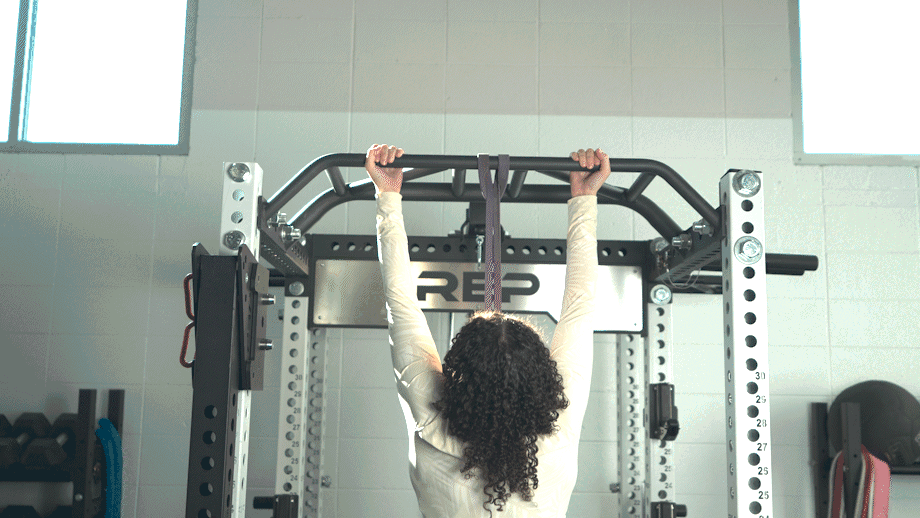
Expert tip: When doing a chin-up, grab the bar tightly. Similar to when doing a compound exercise such as incline bench press or deadlift, grip matters. You should also try to minimize swinging. If you find chin-ups too difficult, consider using a resistance band or an assisted pull up machine instead.
RELATED: What Muscles Do Chin-Ups Work?
Bayesian Cable Curl
Why Do It: Because you do Bayesian cable curls one arm at a time, they can be a great exercise to fix muscle imbalances. Also, because you’re using cable machines and not free weights, they can be friendlier on the joints compared to exercises that involve dumbbells or barbells (such as incline dumbbell curls or preacher curls).
How to Do It:
- On a cable machine, set the height so that it’s in the lowest position. Change the attachment so that it’s a single handle.
- Take hold of the handle in your right hand and face away from the machine.
- Keeping your right arm next to your torso and your elbow locked in place, curl up the handle towards your right shoulder.
- Straighten your arm to the original position.
- Keep going for reps, then switch to your left hand.
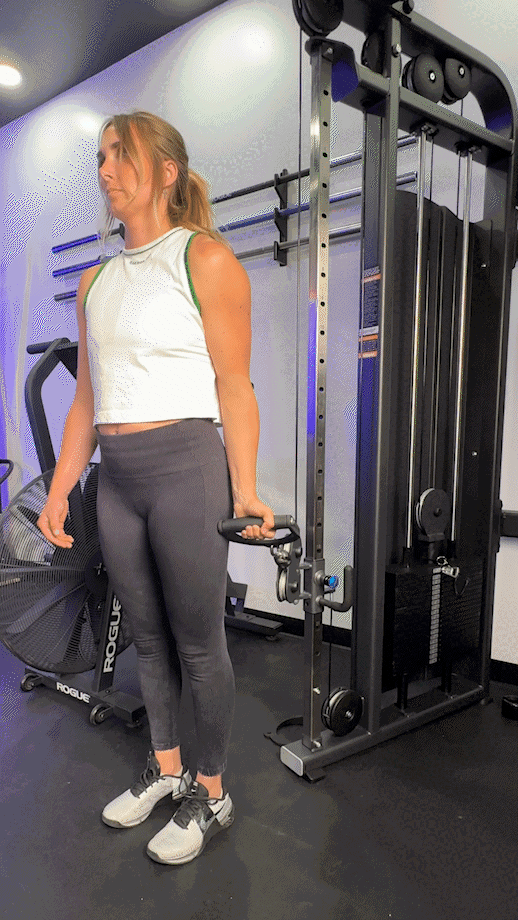
Expert tip: I’d recommend putting Bayesian cable curls toward the end of your biceps workout, purely because they’re not designed for strength training. If you find that they aggravate your shoulder joint, stand closer to the cable machine or limit the range of motion.
Hammer Curl
Why Do It: Hammer curls target the long head of the biceps as well as the brachialis (which is an important flexor muscle of the forearm at the elbow3). They’re a simple exercise to learn and only require a pair of dumbbells. That being said, they can add serious muscle mass to your biceps because you can usually lift a heavier weight compared to other curl exercises.
How to Do It:
- In a standing or seated position, pick up a pair of dumbbells with a neutral grip. Your palms should be facing each other.
- With your chest up and dumbbells by your sides, curl the dumbbells up toward you shoulders. Your elbows should be fixed in place during the movement.
- Pause at the top, then slowly return the dumbbells to their original position.
- Repeat until you reach the desired number of repetitions.
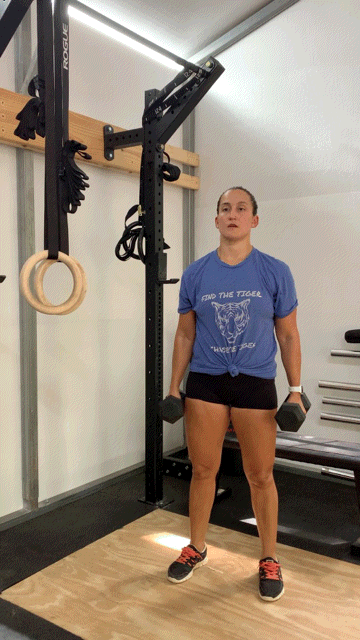
Expert tip: Keep your chest up and back straight during the whole time, especially toward the end when you start to get tired. If you’re standing, try to avoid swinging your body. Try sitting down if you want your form to be stricter, although you probably won’t be able to lift as much weight if you do.
Close-Grip Barbell Curl
Why Do It: Not only are close-grip barbell curls a great exercise for bicep training, but they’re also good for forearm and grip strength. You may prefer the close-grip variation to normal barbell curls if you have wrist problems.
How to Do It:
- While standing, grab a straight bar with a close grip (the clue is in the name!). For most people, this will be hip width (or slightly less than shoulder width).
- Your hands should be under the bar (underhand grip), with your palms facing toward you.
- With your chest up, curl the barbell toward your shoulders. Try to keep the weight distribution even between both arms and only use the biceps here.
- Pause, then slowly lower the bar by straightening your arms.
- Repeat for reps.
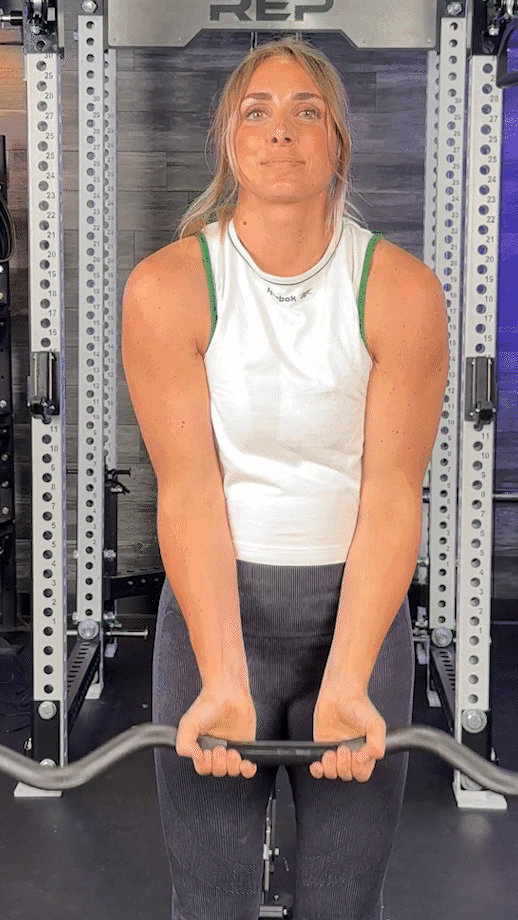
Expert tip: It’s important to keep your elbows close to your body during this movement (you don’t want your elbows to flare out). If you find that you’re using momentum from any other body part other than the biceps, it may be a sign that the weight is too heavy.
RELATED: The Best Olympic Barbells
Incline Biceps Curl
Why Do It: Because you’re doing an incline curl, you have a longer range of motion compared to a standard biceps curl using a dumbbell or barbell. This means extra work for the long head bicep, which can result in additional muscle growth.
How to Do It:
- Before sitting down on the bench, adjust the height so that it’s at a 45-degree angle.
- Take hold of a dumbbell in each hand.
- With your arms close to your torso and a neutral grip on the dumbbells, lift one dumbbell toward your chest while keeping the other dumbbell still.
- At the top, rotate your wrist until your palm is facing toward you.
- Lower the dumbbell, and at the same time, start lifting the dumbbell in the opposite hand.
- Keep alternating until you’ve finished your reps.
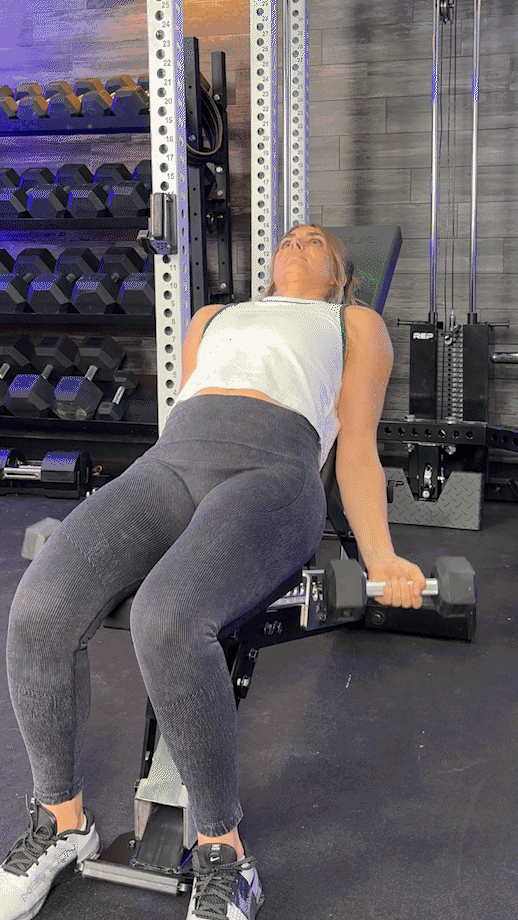
Expert tip: Rather than doing one dumbbell at a time as I’ve described above, you could do both together. However, I’ve chosen it this way because this helps you to focus on your form. Keep your core tight at all times, and your elbows tucked in. If you’re struggling, change the incline so that it’s at a 60-degree angle rather than a 45-degree angle (the higher the seat, the easier the exercise will be).
RELATED: 21s Workout
Common Long Head Biceps Exercises Mistakes
Now that you have the exercises bookmarked, I’m going to go over a few of the common biceps training mistakes that you’ll want to avoid.
Not Paying Attention to Form
When targeting the long head of your biceps, your form matters. With the biceps curl especially, there’s a tendency to pull your elbows forward to assist in moving the weight toward your shoulders. You’ll want to keep your upper arms and elbows pinned to your sides to get the most arm-pump action from your biceps exercises. Or, in cases like the incline curl, the elbows should sit slightly behind your torso to extend the range of motion (ROM).
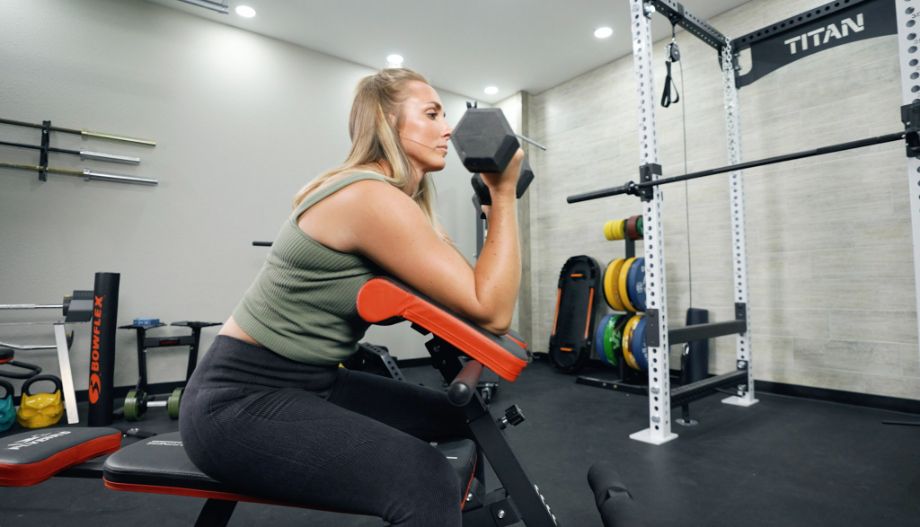
If you’re having trouble keeping your form in place, consider lowering the amount of weight you’re curling.
Lifting Too Heavy
I just hinted at it above, but choosing a weight that compromises your form won’t result in better strength and muscle gains and could lead to injury. That said, don’t lift too light, either, as it won’t provide enough stimulus to really target your biceps muscles.
Overtraining
More is better, right? Not always. Overtraining biceps is pretty common among fit folks; I’ve even seen it referred to as the most overtrained muscle, but can’t back that up with science. Resist the urge to overtrain by using workout splits that allow you to hit your biceps about two to three times per week with adequate rest between sessions.
Long Head Biceps Exercises: Final Thoughts
Knowing the best long head biceps exercises can help with both aesthetic and functional reasons. Bigger arms are nice to have, for sure. But your biceps are also used in compound exercises, most pull movements, and in everyday activities such as lifting or carrying.
- Form is the most important thing. If you find yourself swinging or using momentum from any body part other than your biceps during these exercises, lower the weight.
- Choose another exercise. If any exercise doesn’t feel right or is aggravating your elbow joints or shoulder joints, switch it up to another exercise.
- Don’t ego lift. Yes, I know you want bigger biceps, but it’s not worth getting injured over (trust me, I’ve been there). Be safe and sensible always. Leave your ego at home.
Long Head Biceps Exercises: FAQs
What exercise works the long head of the biceps?
The best long head exercises include: concentration curls, preacher curls, chin-ups, Bayesian cable curls, hammer curls, close-grip barbell curls, and incline bicep curls. For bigger arms, your workout routine should include some, if not all, of these isolation exercises and bodyweight exercises.
How do you target the long head of your biceps with a barbell?
For a bicep workout that only involves a barbell, try doing some close-grip barbell curls or some preacher curls using a barbell rather than an EZ bar. If you want, you could alternate your close-grip barbell curls with reverse barbell curls too. You could also try drag curls.
Do hammer curls work the long head?
Yes, they do. Regular bicep curls activate both the short and long head, whereas dumbbell hammer curls activate mainly the long head. while short head bicep exercises are important, hammer curls can be a great addition to any long head bicep workout.
References
- Tiwana MS, Charlick M, Varacallo M. Anatomy, Shoulder and Upper Limb, Biceps Muscle. [Updated 2022 Aug 30]. In: StatPearls [Internet]. Treasure Island (FL): StatPearls Publishing; 2023 Jan-. Available from: https://www.ncbi.nlm.nih.gov/books/NBK519538/
- Haff, G. Gregory PhD, CSCS. Roundtable Discussion: Machines Versus Free Weights. Strength and Conditioning Journal 22(6):p 18, December 2000.
- Plantz MA, Bordoni B. Anatomy, Shoulder and Upper Limb, Brachialis Muscle. [Updated 2023 Feb 21]. In: StatPearls [Internet]. Treasure Island (FL): StatPearls Publishing; 2023 Jan-. Available from: https://www.ncbi.nlm.nih.gov/books/NBK551630/
Further reading

Why should you exercise for 20 seconds on, 10 seconds off? Here, we go into the benefits of Tabata. Read more

Crossover Symmetry is a program designed to strengthen the shoulder girdle leading to fewer injuries and an increase in lifts. This is how you can make your own DIY version. Read more

If you're curious about EAA vs BCAA, join us as GGR's nutrition experts dive deep into this ongoing debate—and come out with a winner! Read more
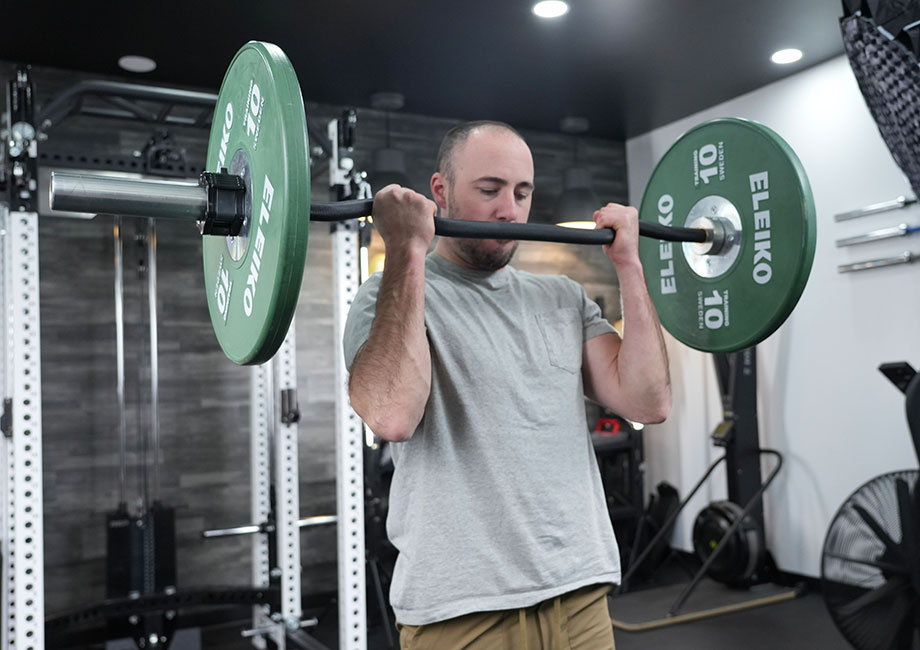
Strength or cardio? Rest days or no days off? Learn how to make a workout plan from a certified personal trainer so you can crush your fitness goals. Read more

